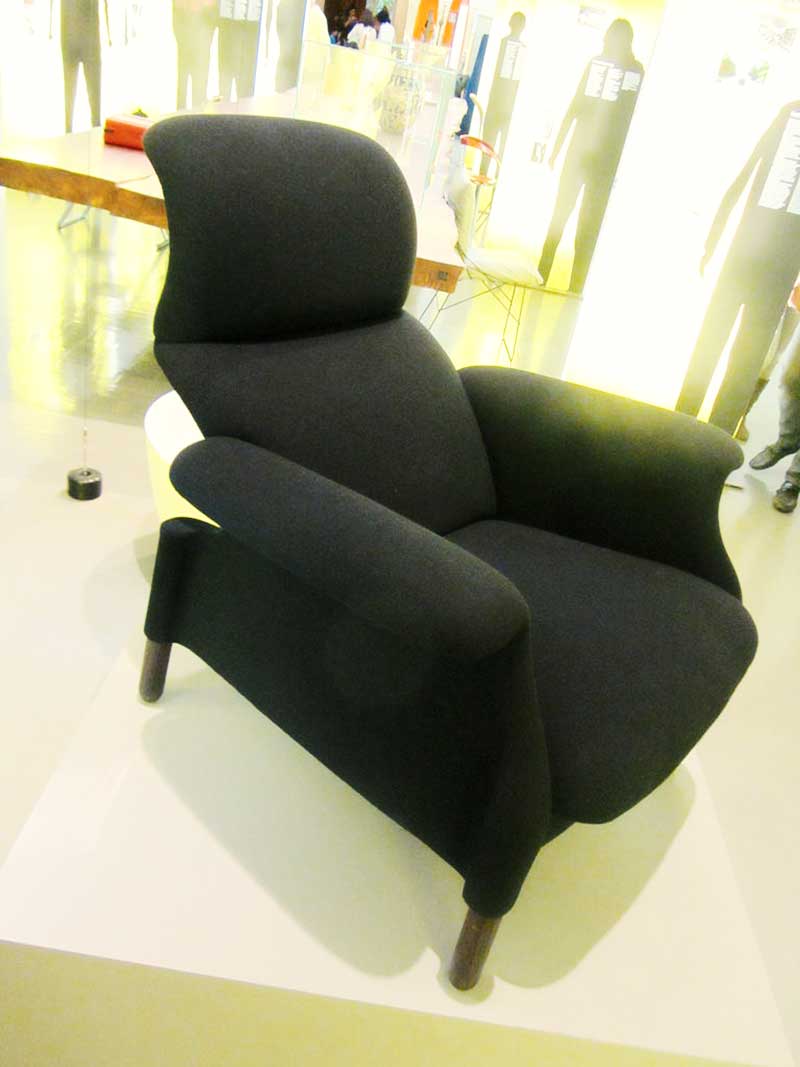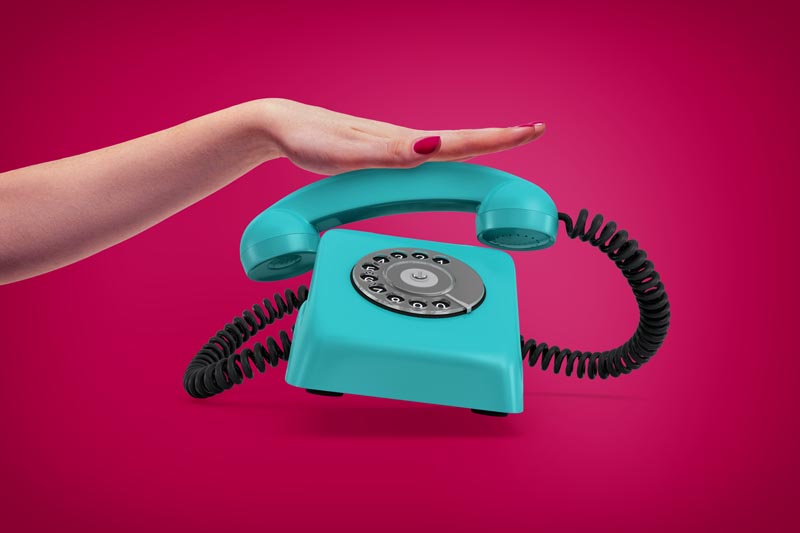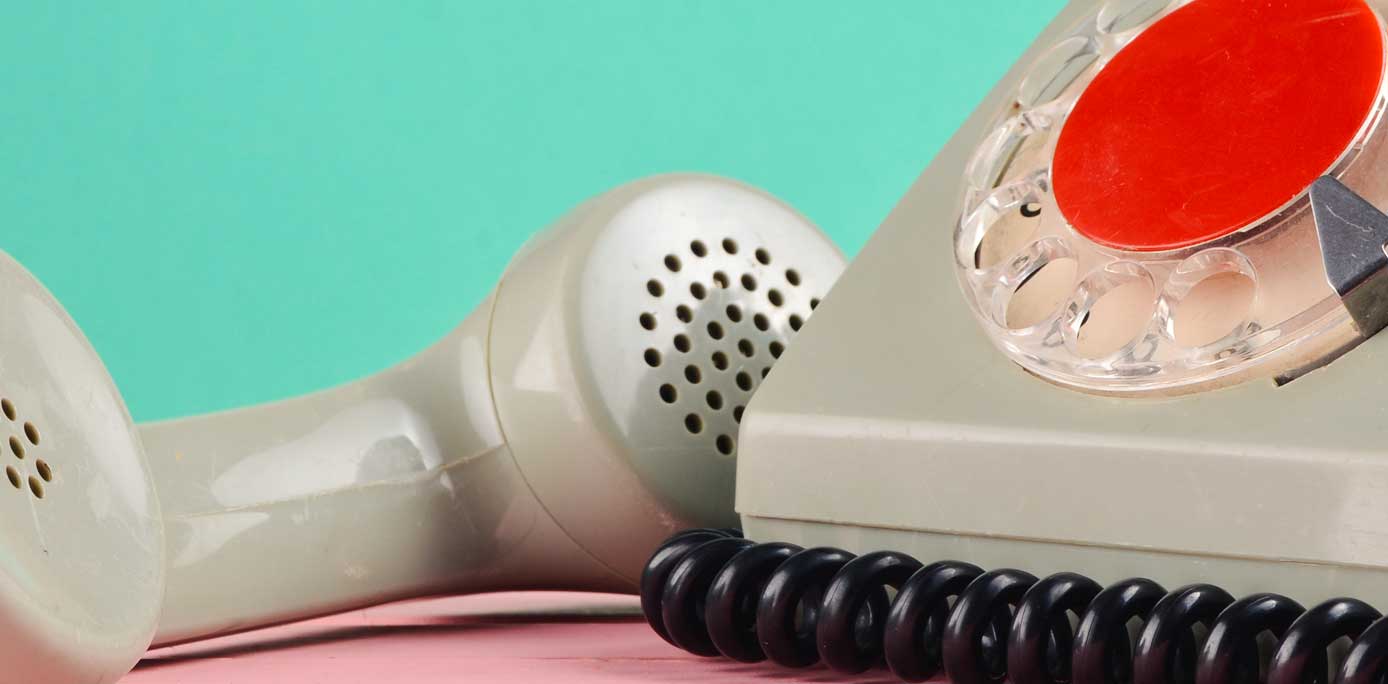This year, the 20th of March was not only the last day of Winter: it also celebrated the innovative beauty of Italian design around the world. The day, Italian Design Day 2019, endorsed by the Ministry of Foreign Affairs and International Cooperation, was part of a wider project created two years ago, that aims at promoting the idea of “vivere all’Italiana,” of Italian lifestyle, all over the world.
This year, the running theme was that of the “City of the Future,” in all its characteristics, with a special interest to “life quality” and “new frontiers of living.” Italian Design Day came into being also thanks to the collaboration and cooperation of other groups and associations, including the Ministry of Cultural Heritage and Activities, the Ministry of Economic Development, the Association of Industrial Design (ADI), the ICE Agency, the Triennale di Milano, the Salone del Mobile di Milano.

Such a simple object, such a perfect object: the Bialetti Moka is so iconic to be displayed at the MoMA © denny Toazza | Dreamstime.com
The initiative reached its third year and wanted to bring attention to an aspect of the Made in Italy that brought so much glory to the country in the past century and a half. Indeed, our design industry has been one of the most celebrated around the world for time unmemorable, creator as it has been of iconic pieces of popular culture: the FIAT 500, which recently entered the MoMA permanent collection; the elegant Bialetti Moka, yet another star of the very same museum; the Olivetti Lettera 22, iconic typewriter created by Marcello Nizzoli, just to name a few. Everyday objects, big and small, useful or just beautiful, all of them carrying the essence of an all-Italian way to think and create.
Italian Design Day is, then, a celebration of all that Italy has been making and developing in the field of design and, this year in particular, in the realm of living spaces. At the heart of it all, the contribution of Italian design to the improvement of urban living.

The iconic Fiat 500
The project truly wanted to bring Italian design to everyone, everywhere in the world, to showcase ideas, projects and solutions able not only to make our life better, but also to stimulate a lively debate about how our cities will look like and function in the future. We are talking about more than a mere showcase for Italian products — as innovative, beautiful and exclusive they may be —, because Italian Design Day, with its idea of projecting creativity into the future, wants primarily to reiterate the Belpaese’s role in rising living standards and making comfort and beauty accessible to all.
During the presentation of the day, which took place of the 18th of March in Milan, Carlo Borghetti, Vice President of Lombardia’s Regional Council underlined that: “the title chosen for this day ‘Design and the city of the future. Quality of life and new frontiers of living’ is particularly interesting, because we truly need to change the current status quo if we want to positively tackle today’s crucial issues: sustainability, responsible use of the sources, energy saving, all while keeping an eye on the beauty and the quality of the product.”

The iconic Lettera 22, by Olivetti. The color, the design, the style: it was pure innovation when it first appeared
The formula chosen by the Farnesina to promote the concept around the globe was simple: using its vast and capillary network of embassies and consulates to present people, projects and objects of Italian design: something different in each corner of the world. In order to do so, the interesting 100 Ambassador of Italian Design for 100 Cities format was used: representatives of Italian creativity, from architects to entrepreneurs, from teachers to urbanists, presented 100 special objects or trends that have changed the way we live: we mentioned already our old and beloved Moka Bialetti and the fantastic Fiat 500, but what would our life be without the ubiquitous Siemens S62, the plastic rotary phone every home had up until 25 or 30 years ago and that, today, has become a collectors’ item?
And what about Achille Castiglioni and his lampada da terra Arco (1962) or his poltrona Sanluca (1957), so innovative in their design to be themselves part of MoMA’s collections? As an incise, Castiglioni had the honor to have the largest retrospective dedicated to an Italian artist ever by the museum in 1997, when Paola Antonelli was its curator.

The Sanluca armchair, another of Castiglioni’s creations. The designer was honored at the Moma in 1997, with the largest retrospective ever dedicated to an Italian artist
All these objects, symbols themselves of Italy’s creative intelligence, became a sort of “diffused” museum, a different piece in every corner of the world, their linking thread being the country behind their very creation. Each embassy and consulate celebrated the day also through various initiatives, from talks and seminars to competitions for young creators and designers: a great way to bring attention on one of the most important and iconic fields of the Made in Italy.
Italian design well deserved this worldwide celebration: there is a piece of it in every home in the world, and its quality and creative charm are known very much everywhere. But Italian design is not unique and relevant internationally solely for its aesthetics, nor simply for its innovative afflatus. There is more behind it, a touch that is quintessentially Italian and that goes back to the times of Leonardo’s workshop (let’s not forget Italy celebrates the 500th anniversary of his death this year) and to the savvy hands of violin makers and byssus weavers.
Behind every piece of Italian design, there is a creative mind steeped in the desire to make art; there a need to create that is typical of the artist, a necessity to share that comes with the emotion of giving to the world something that make life easier, nicer, prettier. More pragmatic, factual minds may consider this superfluous, or even useless, but to an Italian mind, this is essential: the Italians need to know, to be certain that the creative act gives beauty and not only practicality, because the practical helps have an easier life, but the beautiful makes life, well… more beautiful.

The Siemens S62, the iconic rotary phone, symbol of Italian design and lifestyle © Gearstd | Dreamstime.com
Italian Design Day should be read also in this optic: not only as a way to celebrate a product, its usefulness and its ability to change and ameliorate the future, but also as an hymn to Italian creativity and to the minds who, throughout the centuries, have never tired to create, renew, challenge and transcend what already existed, in the attempt to make life simpler and more marvelous.
Create, renew, challenge and transcend: the true mantra of the Italian creative, yesterday and today. This, Leonardo must have had in mind, all those centuries ago, when sketching his inventions on the empty pages of his now famous notebooks. This, must have been the refrain in Michelangelo’s head when carving the Moses. And this, we are certain, is the leading line for all modern designers of the Belpaese.
To say it with former Italian President Carlo Azeglio Ciampi, the creativity, aesthetics and passions that go into Italian design are the “Italy that is within each and everyone of us:” we are all part of it and it is all part of our own identity.






























